Versatile actor discusses his new film, inclusive casting and inspirations
British actor Divian Ladwa has balanced acclaimed roles on television, radio, and theatre with eye-catching performances in international films such as Ant-Man and the Wasp, The Personal History of David Copperfield and the recently released Mr Malcolm’s List.
He has received particularly great praise for his stunning turn as the psychologically traumatised brother in Oscar-nominated film Lion and made a name for himself by taking on any acting challenge. Apart from becoming a familiar face on mainstream projects, he is also a part of a pioneering generation that has helped break ground for British Asian talent internationally.
Eastern Eye caught up with the versatile performer to discuss his fascinating journey as an actor and new film Mr Malcolm’s List. He also spoke about inclusive casting, his acting inspirations and dream role.
What first connected you to acting?
Watching movies with my mum when I was little. It was a different time and every film premiere on terrestrial TV felt like a big event. I loved all the films I watched, from sci-fi to the old black and white classics, and my dad’s westerns. I wanted to be all those characters.
Which of your roles has been closest to your heart?
Probably from a stage play called Child of the Divide I did with the Tamasha theatre company. I played a young boy who lost his family during the Partition of India and Pakistan. It’s based on a short story called Pali. We workshopped during development and a lot of my improvisation made it into the play. That can make you feel more attached to a piece.
Which character challenged you most?
Definitely, Mantosh from Lion because the story is based on real people, and we met the family, including Mantosh. You feel a greater level of responsibility.
Did the stunning global success of Lion surprise you?
I knew it would do well because the story is so amazing. I would speak to the director a lot before we started filming and knew his vision for the film would help it be successful. Also, it doesn’t hurt to have Nicole Kidman and Dev Patel in the film.
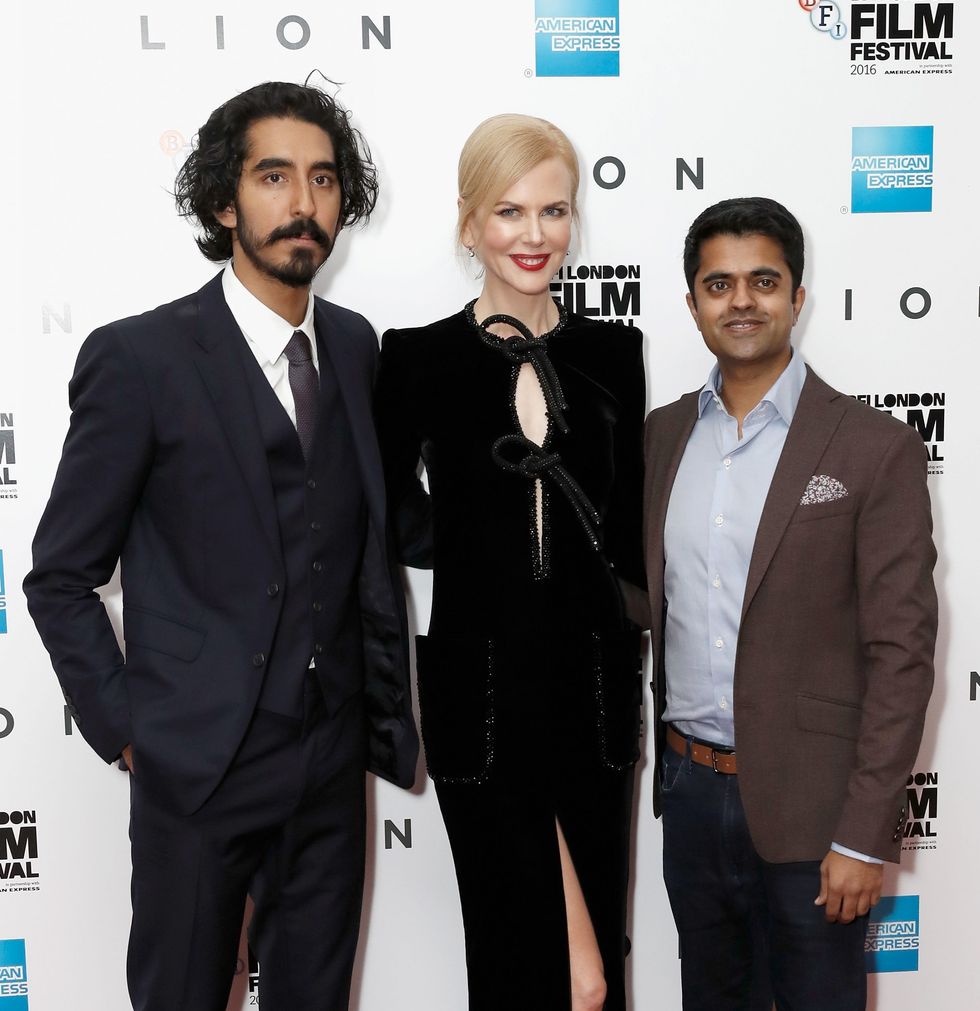
How was your experience of starring in mega-budget Marvel movie Ant-Man and the Wasp?
Very surreal. Those movies are shot in big studio spaces as well as on location. I never really thought I’d actually be in a studio film. They have incredible talent at their disposal. It’s a different beast.
How much did it mean to you being part of The Personal History of David Copperfield and Mr Malcolm’s List, which are period films with colour blind casting?
I prefer the term inclusive casting. Plenty of people from different parts of the world were living in England in the period that these films depict. Twentieth century films have erased those people, creating a false impression of the past. Of course, the population would not have been as mixed as today but to assume none of us were there is just ignorance. I feel like ‘rightfully included’ instead of ‘wrongfully excluded’.
Did you ever imagine, as an actor, you would be part of such films?
No, never. For a long time, I felt like I would never get into TV and film at all, let alone period pieces.
What did you most like about your character in Mr Malcolm’s List?
I loved how much playfulness I was allowed to bring and how our director Emma Holly Jones and I developed this character. We shared our ideas before filming and while on set. Emma allowed me to make suggestions and to try different choices for my character’s reactions.
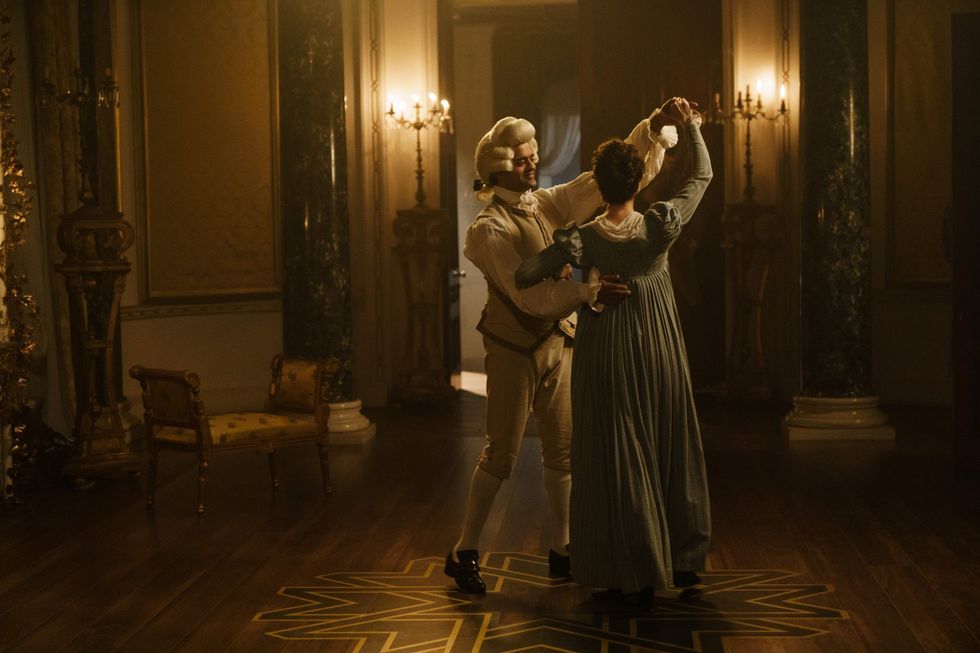
How much does the positive reviews of Mr Malcolm’s List mean to you?
It’s always nice to hear that a project you’re in is well received. I just hope these lovely reviews encourage people to go see our movie in the cinema. The cinematography, musical score and costume design can all be enjoyed on the big screen.
You have taken on a variety of roles, but which genre do you enjoy most?
As an actor, I prefer performing in naturalistic dramas such as Lion. However, comedy feels more rewarding at the end of the day.
Do you have a dream role?
Anything completely different to whatever I did last would be ideal. But right now, my dream role would be one in Stranger Things. I feel as if that show was made especially for my younger self.
You have directed short films. Is that something you would return to?
I used to make short films a long time ago because I wanted to work in front of a camera. Back then, as I was not getting any opportunities to do that, I decided to just make my own short films. I would make them more or less on my own, without any funding and, therefore, they lacked visual quality. If I had the right type of people and funding, then I would look to finish off my other ideas.
Who is your acting hero?
That’s a tricky one. I like the accomplishments of several actors. From James Cagney and Lauren Bacall, in the black and white era, to Bruce Lee and Arnold Schwarzenegger – not looking and sounding the way an actor is expected to in western cinema. I think both being foreigners must have made a huge subconscious impact on me as a child wanting to be an actor.
Tell us more…
The two were, of course, exceptional in other disciplines but they still kicked the door open for themselves that would otherwise be firmly shut. Currently, I adore the work of Adeel Akhtar. He sits on a high acting pedestal, according to me.
What inspires you?
I love hearing the reason for choices creatives make; not just for acting. I get goosebumps listening to a cinematographer tell me the reason behind their framing or why a costume designer picked certain colours for a character. I also get inspired by watching amazing performances like the little girl Brooklyn Prince in The Florida Project. That is the most playfully delightful performance I’ve ever seen and reminded me why I loved acting so much, at a time when I really needed that reminder.
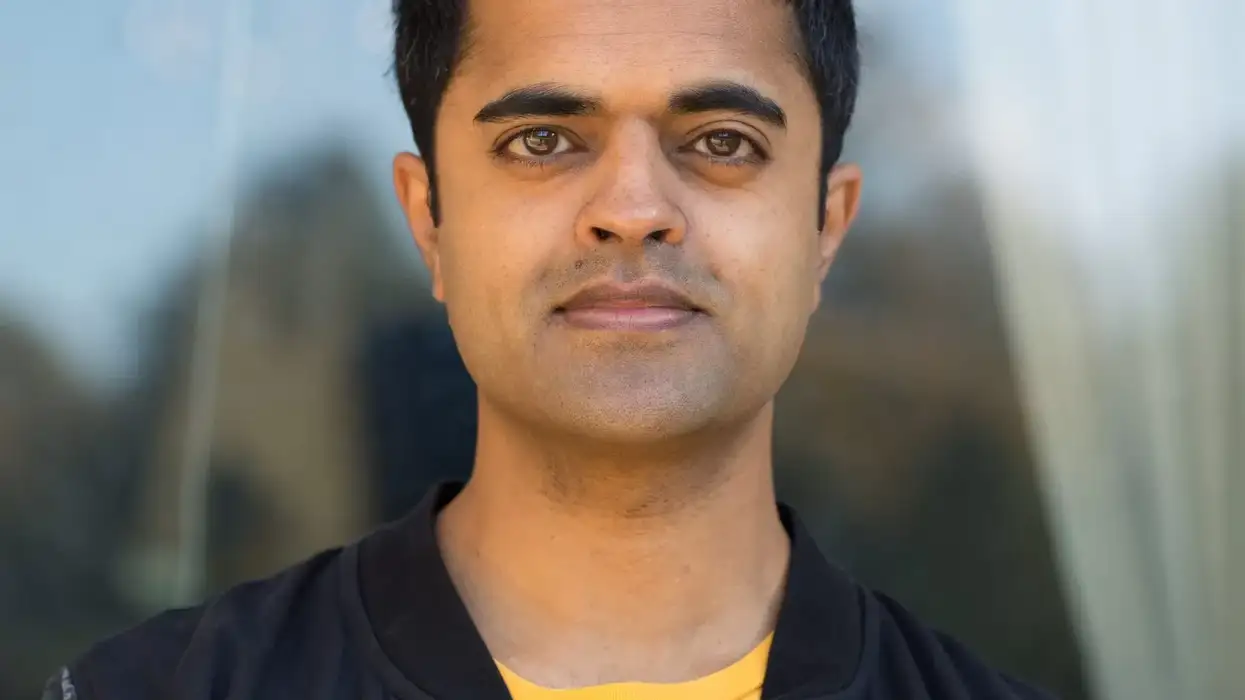





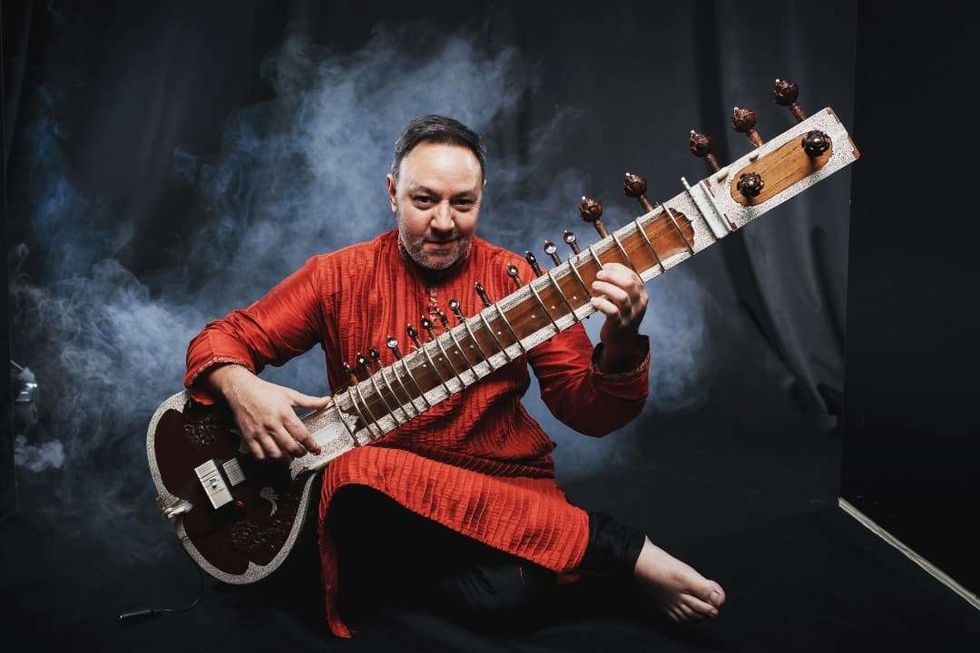 Jonathan Mayer on the sitar and beyond Instagram/the_sitarist/ @sat_sim
Jonathan Mayer on the sitar and beyond Instagram/the_sitarist/ @sat_sim 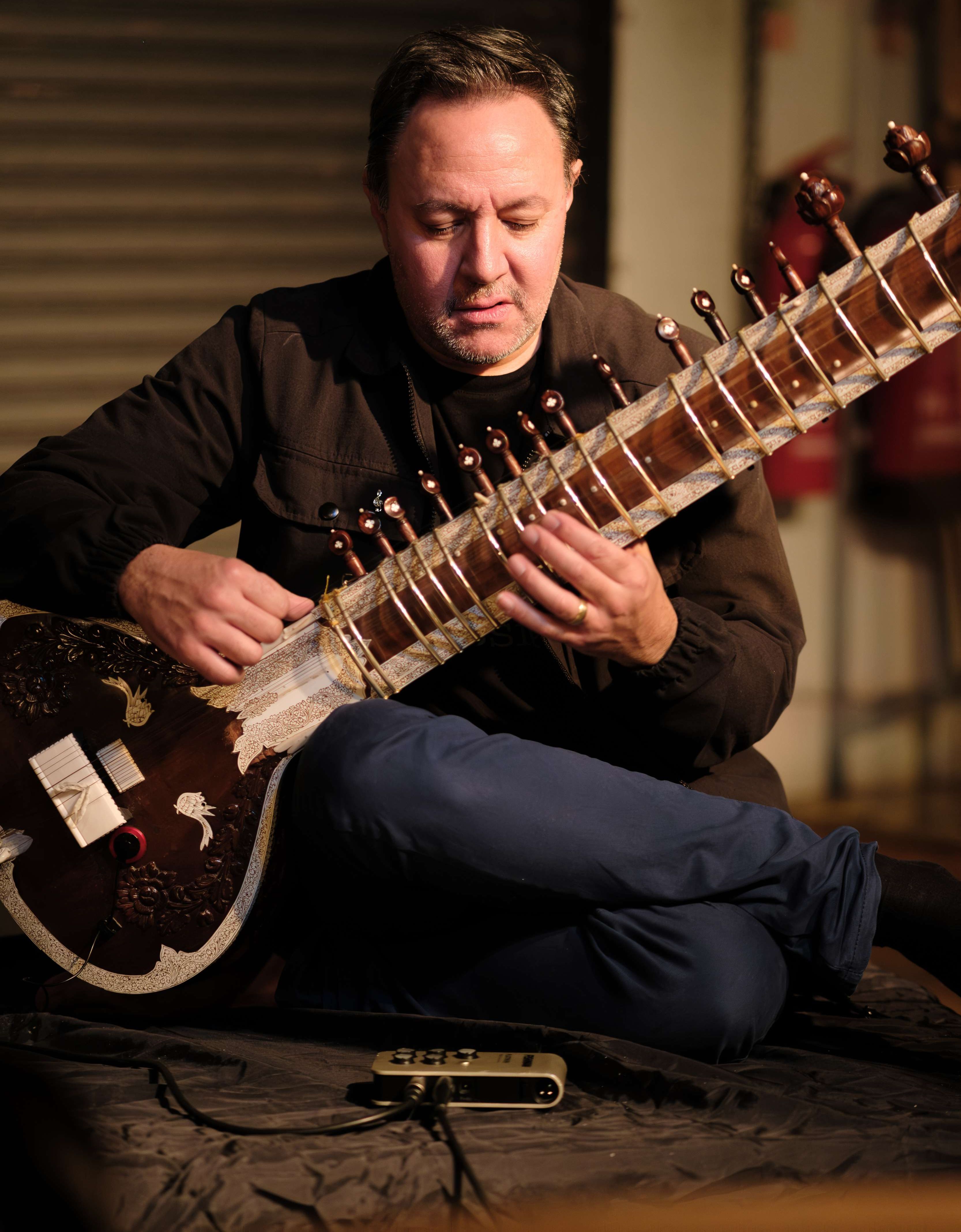 Redefining Indian classical music with Jonathan Mayer Akil Wilson
Redefining Indian classical music with Jonathan Mayer Akil Wilson Jonathan Mayer on music without boundaries Instagram/the_sitarist/
Jonathan Mayer on music without boundaries Instagram/the_sitarist/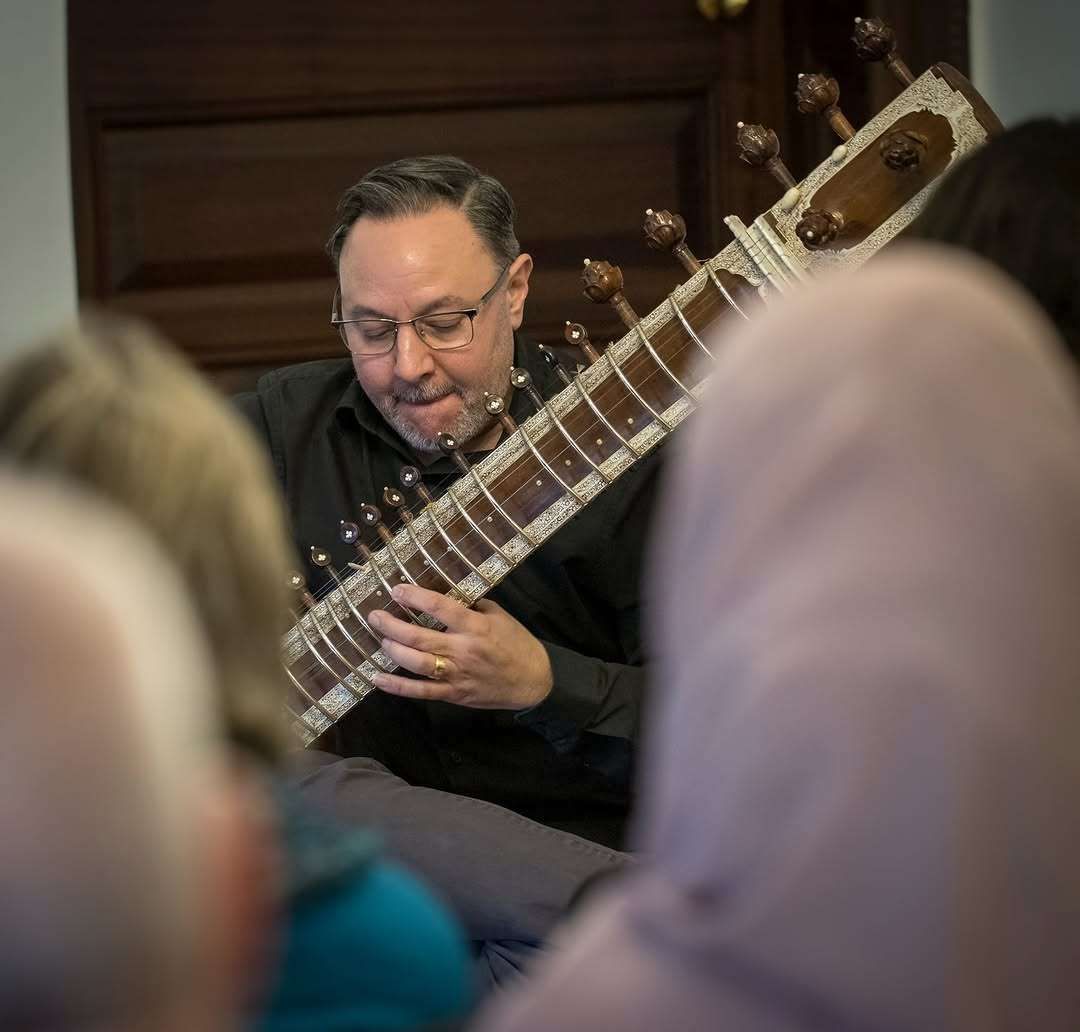 Jonathan Mayer on teaching and performing Indian music Instagram/
Jonathan Mayer on teaching and performing Indian music Instagram/






